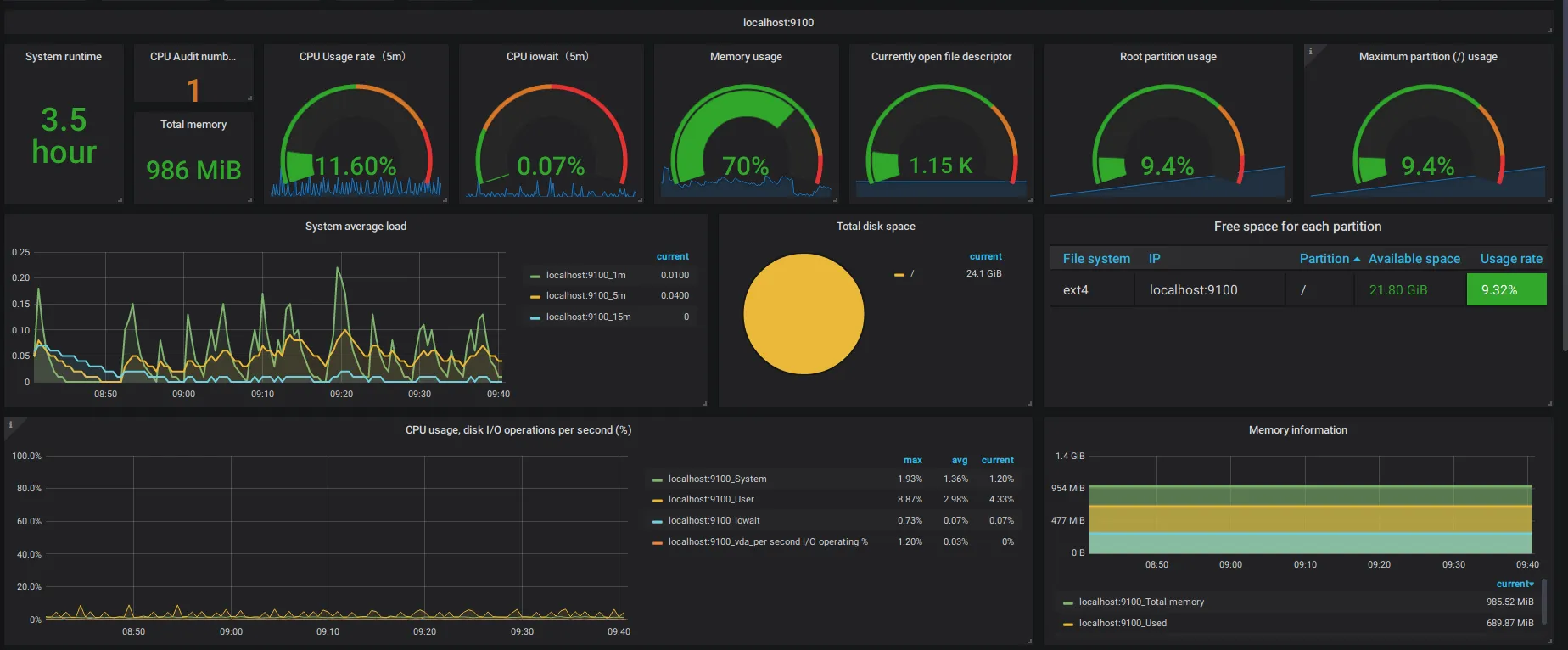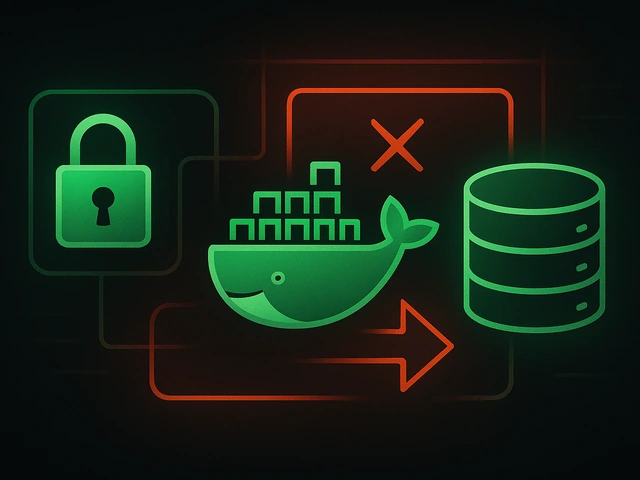
In the previous article, we considered several of the most popular operating systems that are usually chosen for installation on VPS servers. And today we want ...
3v-Hosting Blog
6 min read

Monitoring a Linux VPS involves tracking various system metrics, such as CPU usage, memory utilization, disk I/O, network traffic, and more. Additionally, monitoring should extend to the health and status of critical services and processes running on the VPS. By continuously monitoring these aspects, administrators can detect issues early, optimize resource usage, and prevent potential downtime.
There are many monitoring tools available for Linux systems, each offering unique features and capabilities. When choosing a monitoring tool for your Linux VPS, consider factors such as ease of installation, scalability, flexibility, and compatibility with your specific distribution. Below is a list of some popular monitoring tools for Linux VPS:
Nagios: A powerful open source monitoring system that allows you to monitor hosts, services and network devices.
Zabbix: Another feature-rich monitoring solution with support for automatic detection, alerting and visualization of metrics.
Prometheus: A cloud-based monitoring tool known for its scalability and support for multi-dimensional data collection.
Grafana: Often used in conjunction with Prometheus, Grafana provides powerful visualization and dashboarding capabilities for data monitoring.
Monit: A lightweight and easy to use utility for monitoring system processes, files, directories and more.
Effective Linux VPS monitoring starts with tracking key system metrics. It includes:
CPU usage: Monitor CPU usage to ensure the system is not overloaded and to identify processes that are consuming excessive CPU resources.
Memory Usage: Monitor memory usage to prevent memory exhaustion and optimize application performance.
Disk I/O: Monitor disk I/O activity to identify bottlenecks and ensure smooth storage system operation.
Network traffic: Monitor incoming and outgoing network traffic to detect anomalies and potential security threats.
In addition to monitoring system metrics, it's crucial to set up alerts and notifications to promptly respond to issues. Most monitoring tools allow you to define thresholds for various metrics and trigger alerts when these thresholds are exceeded. Alerts can be delivered via email, SMS, or integrations with messaging platforms like Slack. When setting up alerts, consider:
Thresholds: Define appropriate thresholds for each metric based on your system's normal operating behavior and performance requirements.
Escalation Policies: Establish escalation policies to ensure that alerts are addressed promptly, even if the primary responders are unavailable.
Integration with Incident Management Systems: Integrate your monitoring tool with incident management systems like PagerDuty or Opsgenie for streamlined incident response workflows.
In addition to monitoring system metrics, it's essential to monitor the health and availability of critical services and processes running on your Linux VPS. This includes:
Web Servers: Monitor web servers like Apache or Nginx to ensure they are responding to requests and serving content efficiently.
Database Servers: Keep an eye on database servers such as MySQL or PostgreSQL to detect performance issues or connectivity problems.
Application Processes: Monitor custom application processes to ensure they are running correctly and responding to requests.
Logs provide valuable insights into the health and performance of your Linux VPS. By monitoring logs, administrators can detect errors, security incidents, and other anomalies. Consider implementing log monitoring for:
System Logs: Monitor system logs (e.g., syslog) for errors, warnings, and other system events that may indicate issues with the VPS.
Application Logs: Monitor application logs for errors, performance metrics, and other relevant information specific to your applications and services.
Security Logs: Keep an eye on security logs (e.g., auth.log) for suspicious login attempts, unauthorized access, and other security-related events.
Monitoring your Linux VPS is not a one-time task but rather an ongoing process. Regular maintenance and review of monitoring data are essential for identifying trends, optimizing performance, and making informed decisions about resource allocation and infrastructure improvements. Schedule regular reviews of monitoring dashboards, alerts, and reports to ensure that your Linux VPS remains healthy and secure.
Effective monitoring is critical for maintaining the stability, performance, and security of your Linux VPS. By choosing the right monitoring tools, tracking essential system metrics, setting up alerts and notifications, monitoring service health, implementing log monitoring, and conducting regular maintenance and review, you can ensure that your Linux VPS operates smoothly and efficiently. Invest time and effort into building a robust monitoring strategy tailored to your specific requirements and business needs.

Learn how IP addresses work: IPv4 vs IPv6, public and private IPs, DNS resolution, routing, security basics, and how IPs are used in real server and cloud infra...

Accelerating WordPress at the Nginx level: correct PHP-FPM settings, try_files, static files, caching, Brotli, wp-login protection, and secure headers for stabl...

Effective backup strategies for Docker applications: how to protect volumes, data, and configurations while avoiding common mistakes, and quickly restore servic...